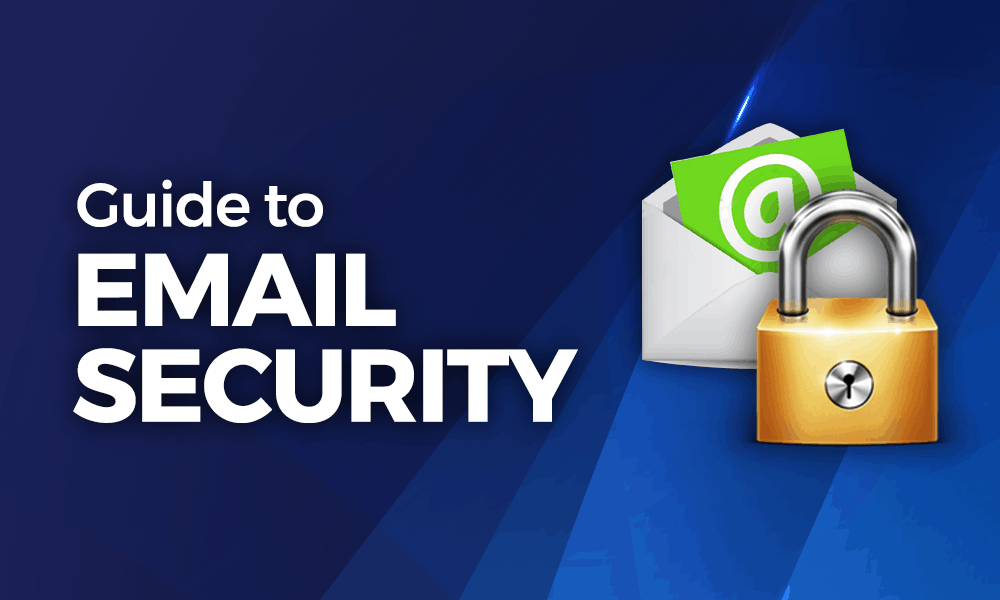In the digital age, email has become the backbone of personal and professional communication. However, with the increasing sophistication of cyber threats, securing one’s inbox is no longer a matter of choice but a necessity. As we step into 2024, understanding and implementing advanced email security measures is critical to protect sensitive information from malicious actors. This comprehensive guide aims to arm you with the necessary knowledge and tools to ensure your email security is ironclad.
Understanding the Threat Landscape
The first step towards securing your inbox is understanding the types of threats you might face. Phishing attacks, where cybercriminals impersonate legitimate entities to steal personal information, have become increasingly sophisticated. Ransomware, spyware, and malware are also prevalent, often delivered via email attachments or links to compromised websites. Business Email Compromise (BEC) attacks target companies by impersonating executives or partners to initiate fraudulent transactions. Recognizing these threats is crucial to implementing effective defenses.
The Importance of Strong Passwords
The foundation of email security is a strong, unique password. In 2024, the minimum recommended length has increased to at least 12 characters, incorporating a mix of letters, numbers, and symbols. Avoid using easily guessable information, such as birthdays or common phrases. Utilizing a reputable password manager can help generate and store complex passwords, reducing the risk of breach due to weak or reused passwords.
Multi-Factor Authentication (MFA)
MFA adds an extra layer of security by requiring a second form of verification beyond just a password. This could be a text message code, a call, a fingerprint, or a verification from an authenticator app. Enabling MFA on your email account significantly reduces the chances of unauthorized access, as a hacker would need both your password and access to your second factor of authentication.
Regular Software Updates
Cybercriminals exploit vulnerabilities in outdated software to gain unauthorized access to systems. Regularly updating your email client, web browser, and operating system is critical to protect against such vulnerabilities. These updates often include patches for security flaws that have been discovered since the last version, keeping your inbox secure from known threats.
Email Encryption
Email encryption ensures that your messages are readable only by the intended recipient. This is particularly important when sending sensitive information, as it protects against interception by third parties. Many modern email services offer built-in encryption features, but additional steps may be necessary to secure emails end-to-end. Understanding and utilizing these encryption options can significantly enhance your email security.
Beware of Suspicious Emails
Vigilance is key when it comes to securing your inbox. Be wary of emails from unknown senders, especially those that request personal information, prompt you to click on a link, or ask you to download an attachment. Verify the sender’s email address, look for typos or grammatical errors, and be cautious of emails that create a sense of urgency to trick you into acting impulsively.
Safe Email Practices
Adopting safe email practices is essential for security. This includes not opening attachments or clicking on links from unknown sources, using separate email accounts for personal and professional purposes, and regularly backing up important emails. Furthermore, consider using email filtering options to block spam or potentially harmful emails automatically.
Email Security Support
In the evolving landscape of cyber threats, staying updated with the latest security measures can be challenging. Seeking email security support from reputable providers can be a game-changer. These services offer advanced threat detection, encryption, spam filtering, and phishing protection tailored to the latest cybersecurity trends. Leveraging their expertise can provide peace of mind and significantly bolster your email security posture.
Regular Security Audits
Conducting regular security audits of your email accounts and related practices can identify potential vulnerabilities before they are exploited. This includes reviewing your account’s security settings, the strength and recency of your passwords, and the access permissions of connected applications. Security audits can also involve checking for signs of compromise, such as unexpected account activity or unfamiliar devices accessing your account.
Educate Yourself and Others
Finally, educating yourself and your colleagues, friends, and family about email security is crucial. Cybersecurity is a collective effort; the more people are aware of the risks and how to mitigate them, the safer everyone’s inboxes will be. Regularly share information on new threats and best practices for email security.
Conclusion
Securing your inbox in 2024 requires a multifaceted approach that evolves with the cyber threat landscape. Implementing strong passwords, enabling MFA, updating software, utilizing encryption, and maintaining vigilance against suspicious emails are foundational elements. Beyond individual actions, seeking email security support and educating those around you play significant roles in bolstering collective cybersecurity. By adopting these strategies, you can significantly mitigate the risks to your inbox and navigate the digital world with confidence.




